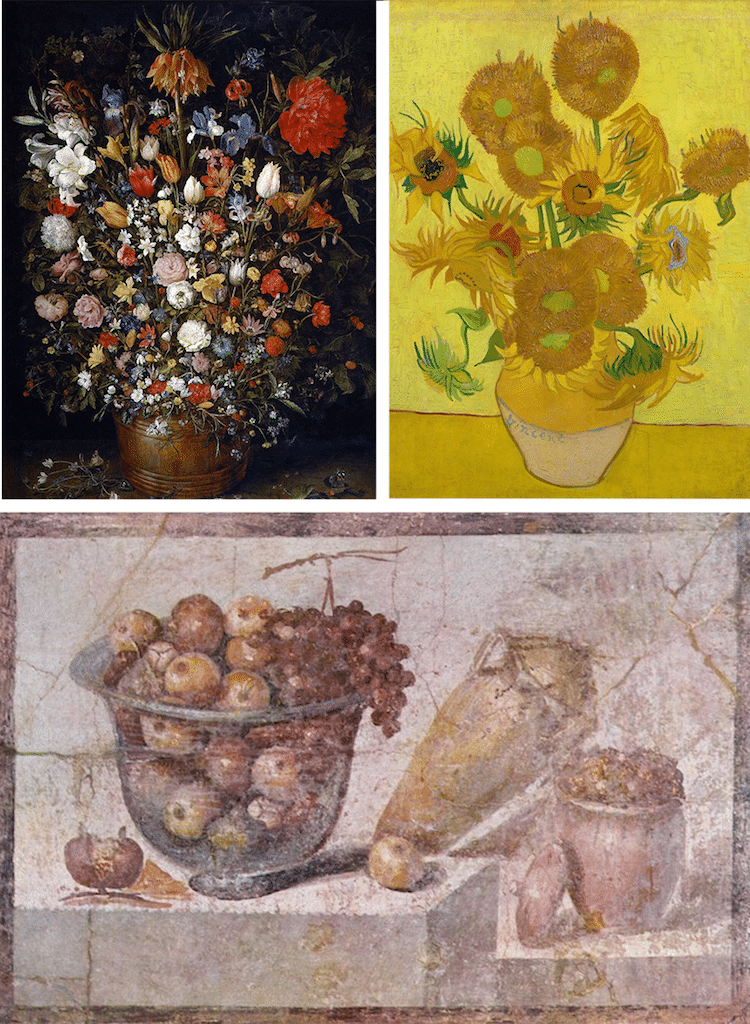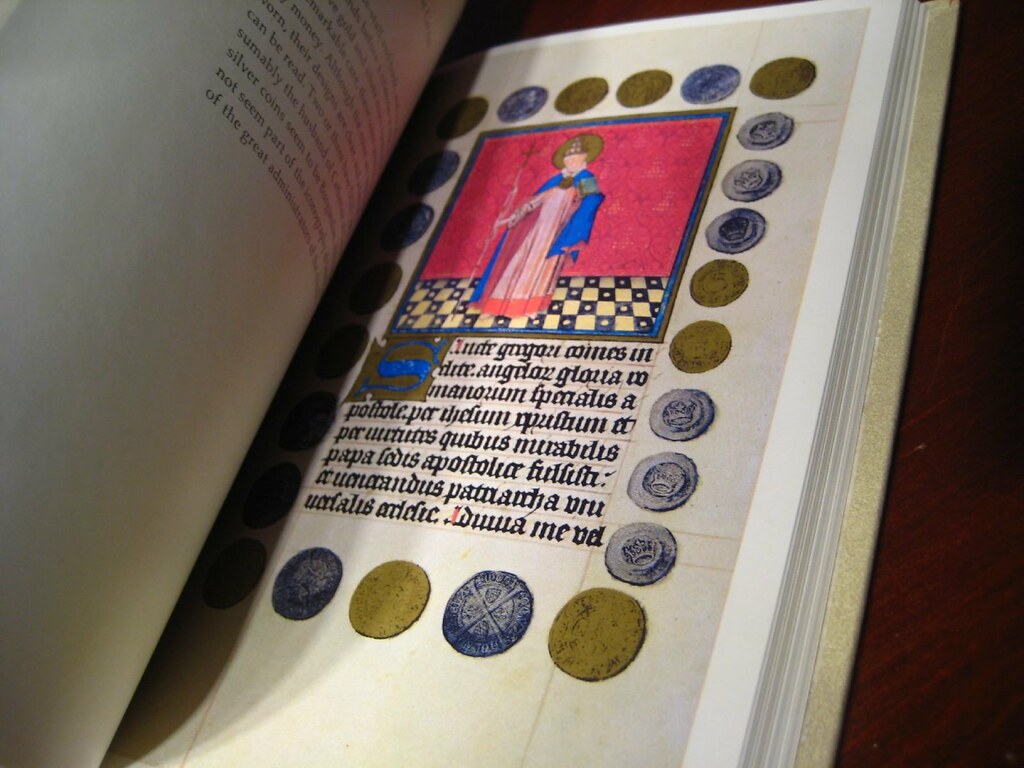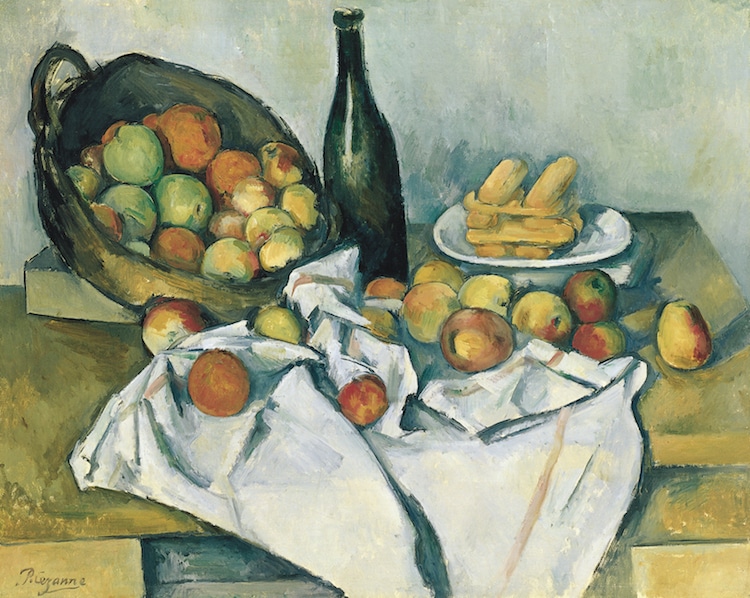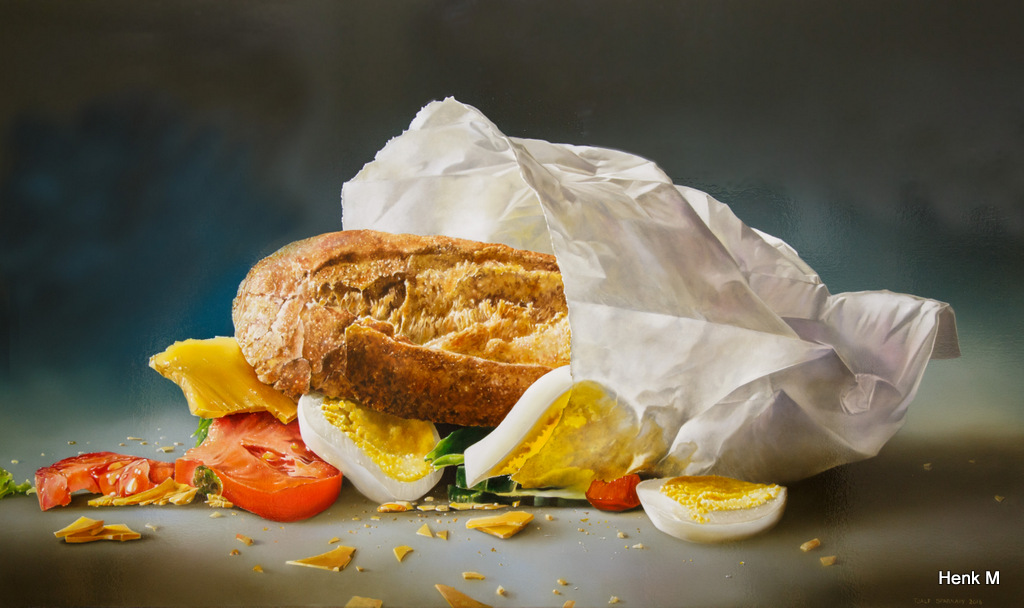What Art Patterns Are Typical for 79 Year Olds

Édouard Manet once chosen still life "the touchstone of painting." Characterized by an involvement in the insentient, this genre of art has been popular across movements, cultures, and periods, with major figures similar Paul Cézanne and Pablo Picasso sharing the Impressionist artist's view.
Here, we explore the age-old genre, tracing its history and looking at well-known works to answer the questions: what is still life painting, and how has it evolved over time?
What is a Still Life?
A however life (too known by its French title, nature morte) painting is a piece that features an arrangement of inanimate objects as its subject. Usually, these items are set on a tabular array and often include organic objects like fruit and flowers and household items like glassware and textiles.
The term "still life" is derived from the Dutch word southwardtilleven, which gained prominence during the 16th century. While it was during this time that the nevertheless life gained recognition as a genre, its roots date back to ancient times.
Types of Still Lifes
Most withal lifes can be placed into ane of four categories: flowers, banquet or breakfast, animal(s), and symbolic. While virtually of these types are self-explanatory—blossom pieces tend to focus on bouquets or vases of full blooms and a banquet work features an array of food items—symbolic withal lifes can vary profoundly.
In well-nigh cases, symbolic paintings use different objects to convey deeper meanings or narratives. This is all-time exemplified mayhap in vanitas painting: a genre of still life that focuses on the fleetingness of life.
History of All the same Life Painting
Aboriginal Fine art
The earliest known still life paintings were created past the Egyptians in the 15th century BCE. Funerary paintings of food—including crops, fish, and meat—have been discovered in aboriginal burial sites. The nigh famous ancient Egyptian notwithstanding-life was discovered in theTomb of Menna, a site whose walls were adorned with uncommonly detailed scenes of everyday life.
Ancient Greeks and Romans also created similar depictions of inanimate objects. While they more often than not reserved still-life subject thing for mosaics, they too employed it for frescoes, likeStill Life with Glass Bowl of Fruit and Vases, a 1st-century wall painting from Pompeii.
Middle Ages

"Hours of Catherine of Cleves," 1440
During the Center Ages, artists adapted the still life for religious purposes. In improver to incorporating symbolic arrangements into depictions of Biblical scenes, they also used them to decorate illuminated manuscripts. Objects similar coins, seashells, and bushels of fruit tin exist found in the borders of these books, including the elaborately decoratedHours of Catherine of Clevesfrom the 15th century.
Renaissance
Northern Renaissance artists popularized even so life iconography with their blossom paintings. These pieces typically showcase colorful flora "from different countries and even different continents in one vase and at one moment of blooming" (Metropolitan Museum of Art) and frequently practise non characteristic other subject matter. These paintings rose to prominence in the early 17th century, when Northern Renaissance artists grew increasingly interested in creating realistic studies of everyday items.
Dutch Golden Age artists took this interest in detailed floral art a step farther with their vanitas paintings. Vanitas paintings are inspired bymemento mori, a genre of painting whose Latin name translates to "remember that yous have to die." Similarmemento mori depictions,these pieces oftentimes pair cutting flowers with objects like human skulls, waning candles, and overturned hourglasses to comment on the fleeting nature of life.
Unlikememento moriart, however, vanitas paintings "also include other symbols such as musical instruments, wine, and books to remind us explicitly of the vanity of worldly pleasures and goods" (Tate).
Modern Art
The still life remained a pop feature in many modern fine art movements. While Impressionist artists like Pierre-Auguste Renoir dabbled in the genre, it made its major mod debut during the Postal service-Impressionist period, when Vincent van Gogh adopted bloom vases as his bailiwick and Cézanne painted a famous serial of still lifes featuring apples, wine bottles, and water jugs resting on topsy-turvy tabletops.

Paul Cézanne, The Basket of Apples' (ca. 1895) (Photograph via Wikimedia Eatables Public Domain)
Some of Cézanne'due south depictions fifty-fifty pay homage to the vanitas genre past incorporating skulls.
In addition to the Mail service-Impressionists, Cubist masters Pablo Picasso and Georges Braque and Pop Art pioneer Roy Lichtenstein as well favored everyday objects, from bowls of fruit to technological inventions.
Contemporary Art

Tjalf Sparnaay, "Healthy Sandwich," 2013
Today, many artists put a contemporary twist on the timeless tradition past painting still lifes of modern-mean solar day nutrient and objects in a hyperrealistic fashion. Much like the pieces that inspire them, these high-definition paintings testify that even the most mundane objects can be made into masterpieces.
This article has been edited and updated.
Related Articles:
Glory Fad Diets Recreated as Classical Still Lifes
Sophisticated Bloom and Nutrient Arrangements Resemble the Fine Art Dazzler of Still-Life Paintings
Colorful All the same-Life Embroideries of Quaint Houseplants and Mod Interior Design
Creative person Gives Old Paintbrushes New Life and Personality as Baroque Characters
Source: https://mymodernmet.com/what-is-still-life-painting-definition/
0 Response to "What Art Patterns Are Typical for 79 Year Olds"
Post a Comment